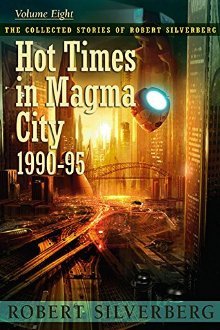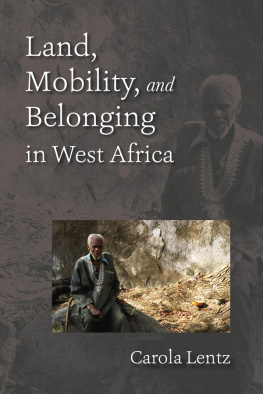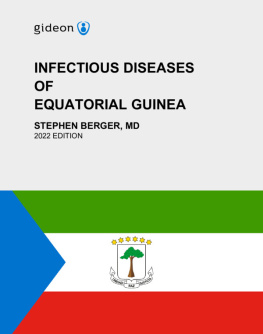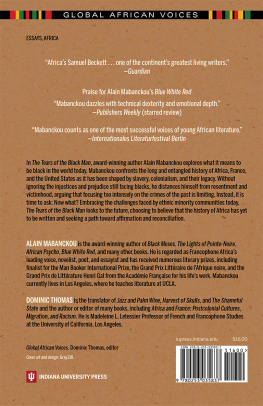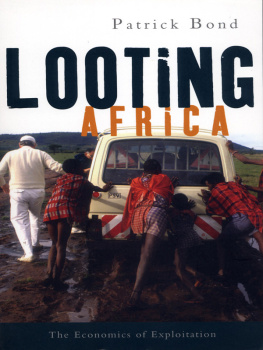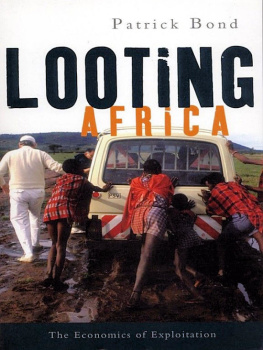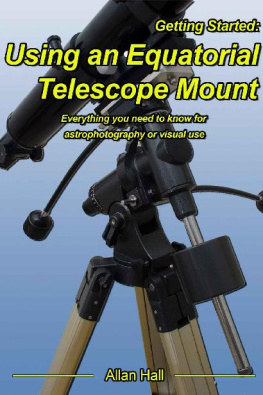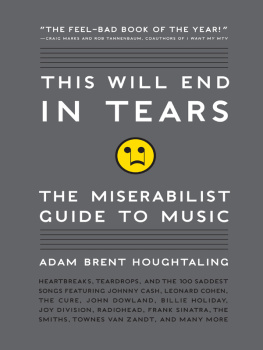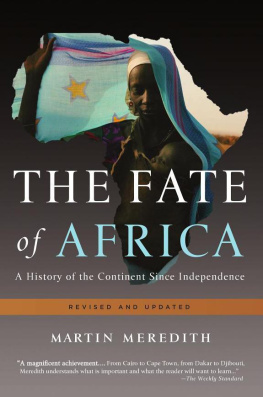Robert Harms - Land of Tears: The Exploration and Exploitation of Equatorial Africa
Here you can read online Robert Harms - Land of Tears: The Exploration and Exploitation of Equatorial Africa full text of the book (entire story) in english for free. Download pdf and epub, get meaning, cover and reviews about this ebook. year: 2019, publisher: Basic Books, genre: Politics. Description of the work, (preface) as well as reviews are available. Best literature library LitArk.com created for fans of good reading and offers a wide selection of genres:
Romance novel
Science fiction
Adventure
Detective
Science
History
Home and family
Prose
Art
Politics
Computer
Non-fiction
Religion
Business
Children
Humor
Choose a favorite category and find really read worthwhile books. Enjoy immersion in the world of imagination, feel the emotions of the characters or learn something new for yourself, make an fascinating discovery.

- Book:Land of Tears: The Exploration and Exploitation of Equatorial Africa
- Author:
- Publisher:Basic Books
- Genre:
- Year:2019
- Rating:5 / 5
- Favourites:Add to favourites
- Your mark:
- 100
- 1
- 2
- 3
- 4
- 5
Land of Tears: The Exploration and Exploitation of Equatorial Africa: summary, description and annotation
We offer to read an annotation, description, summary or preface (depends on what the author of the book "Land of Tears: The Exploration and Exploitation of Equatorial Africa" wrote himself). If you haven't found the necessary information about the book — write in the comments, we will try to find it.
Robert Harms: author's other books
Who wrote Land of Tears: The Exploration and Exploitation of Equatorial Africa? Find out the surname, the name of the author of the book and a list of all author's works by series.
Land of Tears: The Exploration and Exploitation of Equatorial Africa — read online for free the complete book (whole text) full work
Below is the text of the book, divided by pages. System saving the place of the last page read, allows you to conveniently read the book "Land of Tears: The Exploration and Exploitation of Equatorial Africa" online for free, without having to search again every time where you left off. Put a bookmark, and you can go to the page where you finished reading at any time.
Font size:
Interval:
Bookmark:

Copyright 2019 by Robert Harms
Cover image: Congo. Expedition of Lieutenant Mizon, 1892 (colour engraving) / private collection / Tarker / Bridgeman Images; Tarzhanova / Shutterstock.com; Suchota / Shutterstock.com
Cover copyright 2019 Hachette Book Group, Inc.
Hachette Book Group supports the right to free expression and the value of copyright. The purpose of copyright is to encourage writers and artists to produce the creative works that enrich our culture.
The scanning, uploading, and distribution of this book without permission is a theft of the authors intellectual property. If you would like permission to use material from the book (other than for review purposes), please contact permissions@hbgusa.com. Thank you for your support of the authors rights.
Basic Books
Hachette Book Group
1290 Avenue of the Americas, New York, NY 10104
www.basicbooks.com
First Edition: December 2019
Published by Basic Books, an imprint of Perseus Books, LLC, a subsidiary of Hachette Book Group, Inc. The Basic Books name and logo is a trademark of the Hachette Book Group.
The publisher is not responsible for websites (or their content) that are not owned by the publisher.
Library of Congress Cataloging-in-Publication Data
Names: Harms, Robert W., 1946- author.
Title: Land of tears : the exploration and exploitation of equatorial Africa / Robert Harms.
Description: New York : Basic Books, 2019. | Includes bibliographical references and index.
Identifiers: LCCN 2019021576 (print) | LCCN 2019980869 (ebook) | ISBN 9780465028634 (hardcover) | ISBN 9781541699663 (ebook)
Subjects: LCSH: Africa, CentralHistoryTo 1884. | Africa, CentralColonizationEnvironmental aspects. | Africa, CentralColonizationSocial aspects.
Classification: LCC DT352.7 .H373 2019 (print) | LCC DT352.7 (ebook) | DDC 967.031dc23
LC record available at https://lccn.loc.gov/2019021576
LC ebook record available at https://lccn.loc.gov/2019980869
ISBNs: 978-0-465-02863-4 (hardcover), 978-1-5416-9966-3 (ebook)
E3-20191107-JV-NF-ORI
Discover Your Next Great Read
Get sneak peeks, book recommendations, and news about your favorite authors.

Explore book giveaways, sneak peeks, deals, and more.

The Diligent: A Voyage Through the Worlds of the Slave Trade
Games Against Nature: An Eco-Cultural History of the Nunu of Equatorial Africa
River of Wealth, River of Sorrow: The Central Zaire Basin in the Era of the Slave and Ivory Trade, 15001891
F ROM A SMALL AIRPLANE, THE Congo basin rainforest appears impenetrable, like a plush green carpet. A closer inspection reveals, however, that it is composed of three distinct layers of vegetation. The middle layerknown as the canopyis made up of trees between 100 and 150 feet tall. Protruding above it are trees of the emergent layer that have broken through to reach sunlight, attaining heights of up to 200 feet. Below the canopy is the understory, which consists of smaller trees with large leaves to absorb whatever sunlight reaches them. So dense is the vegetation that a raindrop falling on the canopy can take up to ten minutes to reach the ground.
The view from the ground is very different. The trees are so high that a good shotgun does no harm to parrots or guinea fowls on their tops, and they are often so closely planted that I have heard gorillas growling about fifty yards off without getting a glimpse of them, wrote the missionary/explorer David Livingstone in 1870. The most noticeable feature of the rainforest, however, is the lack of sunlight. Upon entering the forest in 1876, the journalist/explorer Henry Morton Stanley wrote, We drew nearer to the dreaded black and chill forest called Mitamba, and at last, bidding farewell to sunshine and brightness, entered it. Overhead, the

The French explorer Pierre Savorgnan de Brazza in the Congo Basin rainforest, 1888. Le Tour du Monde, 1888, second semester, p. 45.
The Congo basin rainforest forms a six-hundred-mile-wide belt that runs east and west along the equator between 4 north latitude and 5 south. Beginning at the shore of the Atlantic Ocean, it stretches eastward for nearly fifteen hundred miles to the mountains and lakes of the Albertine Rift, where it ends abruptly because the rain clouds coming from the Atlantic Ocean drop their remaining moisture as they rise over the mountains. Covering parts of the Democratic Republic of the Congo, the Republic of the Congo, Gabon, Cameroon, Equatorial Guinea, and the Central African Republic, the Congo basin rainforest occupies nearly eight hundred thousand square miles, making it almost as large as the United States east of the Mississippi River. It is the second-largest tropical rainforest in the world, after the Amazon basin rainforest.
That common tradition was especially recognizable in the political organization of the forest peoples. In contrast to the great empires, kingdoms, and chiefdoms of Africas southern grasslands or the mountain kingdoms of its Great Lakes region, the forest societies were characterized by small-scale political units with flexible forms of leadership and authority. In many cases, the largest political unit was a single village, or even a segment of a village, and the leader was often a self-made big man rather than a hereditary chief. The historian/anthropologist Jan Vansina has argued that this distinctive style of political organization was the defining feature that set the forest peoples apart from their neighbors in the mountains and the grasslands.
For centuries, geography conspired to keep strangers out of the Congo basin rainforest. Although European ships first visited the mouth of the Congo River on Africas west coast in the 1480s, some two hundred miles of rapids prevented them from following
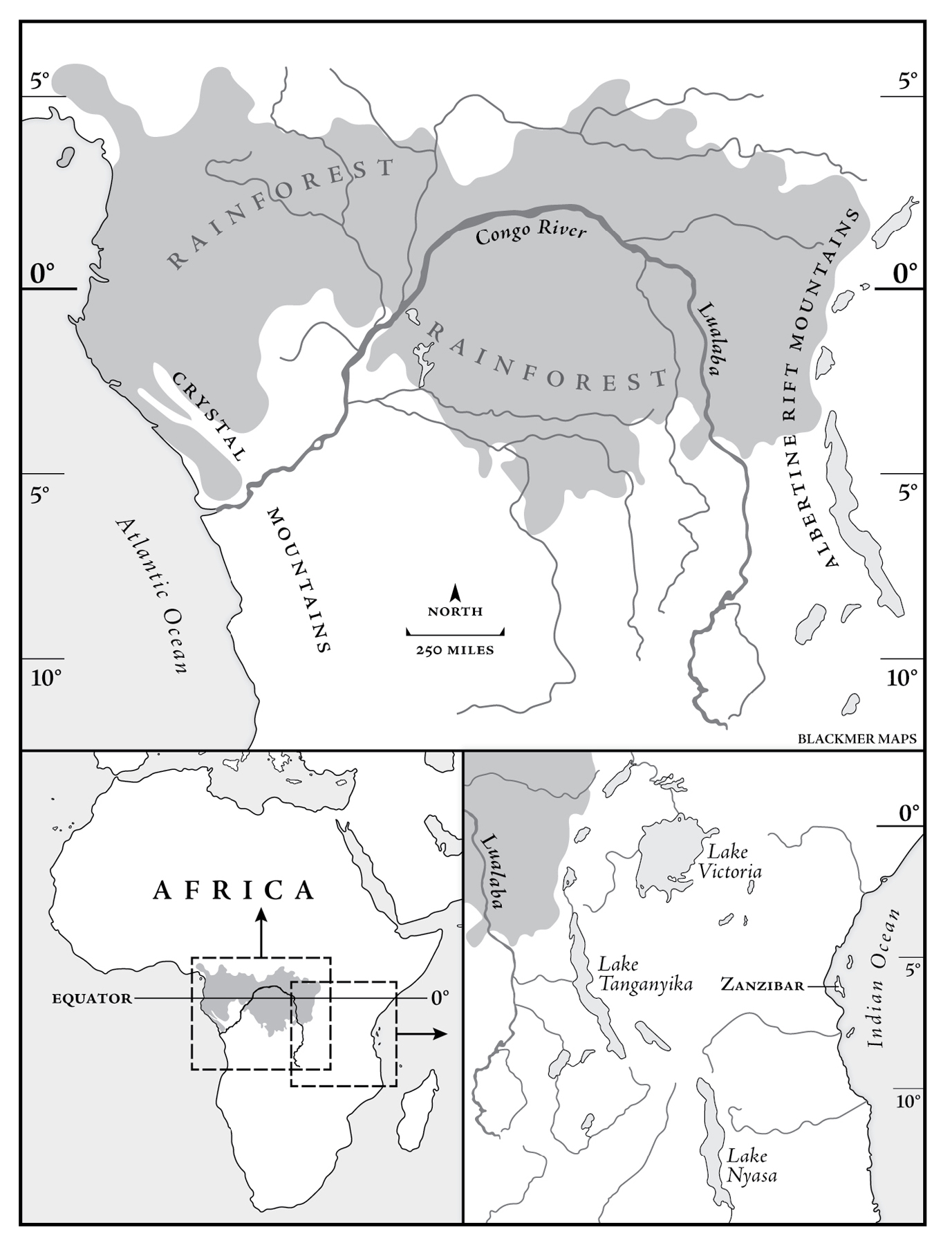
Equatorial Africa
In the late nineteenth century, however, the relative isolation of the Congo basin rainforest was shattered by intruders from both east and west. From the East African coast came Arab and Swahili traderssubjects of the sultan of Zanzibarin search of ivory and slaves. They were followed closely by British explorers looking for the source of the Nile, a quest that led Henry Morton Stanley to follow the Congo River downstream to the Atlantic Ocean in 1877 after initially mistaking it for the Nile. The penetration from the west began when the Italian explorer Pierre Savorgnan de Brazza, with support from the government of France, crossed the Crystal Mountains in 1877 to enter the watershed of the Congo River, and when Stanley, who was by then working for the king of Belgium, returned to the mouth of the Congo River in 1879 to build a wagon road around the rapids.
Those explorations from east and west opened the floodgates to the pillage of the human and natural resources of the Congo rainforest. Merchants in search of ivory, captives, and rubber, who operated under the authority of the sultan of Zanzibar, the king of Belgium, or the government of France, entered the rainforest to strip it of its bounty. Ordinary people were flogged, enslaved, imprisoned, and shot; villages were abandoned; fields were left uncultivated; and common intestinal and respiratory diseases became lethal for lack of treatment. Social and political institutions disintegrated as individuals fled from the armed marauders and lived hidden in the forest. In 1905, separate commissions of inquiry sent out by Belgium and France discovered that the inhabitants of the Congo basin rainforest were among the most brutally exploited
Font size:
Interval:
Bookmark:
Similar books «Land of Tears: The Exploration and Exploitation of Equatorial Africa»
Look at similar books to Land of Tears: The Exploration and Exploitation of Equatorial Africa. We have selected literature similar in name and meaning in the hope of providing readers with more options to find new, interesting, not yet read works.
Discussion, reviews of the book Land of Tears: The Exploration and Exploitation of Equatorial Africa and just readers' own opinions. Leave your comments, write what you think about the work, its meaning or the main characters. Specify what exactly you liked and what you didn't like, and why you think so.

